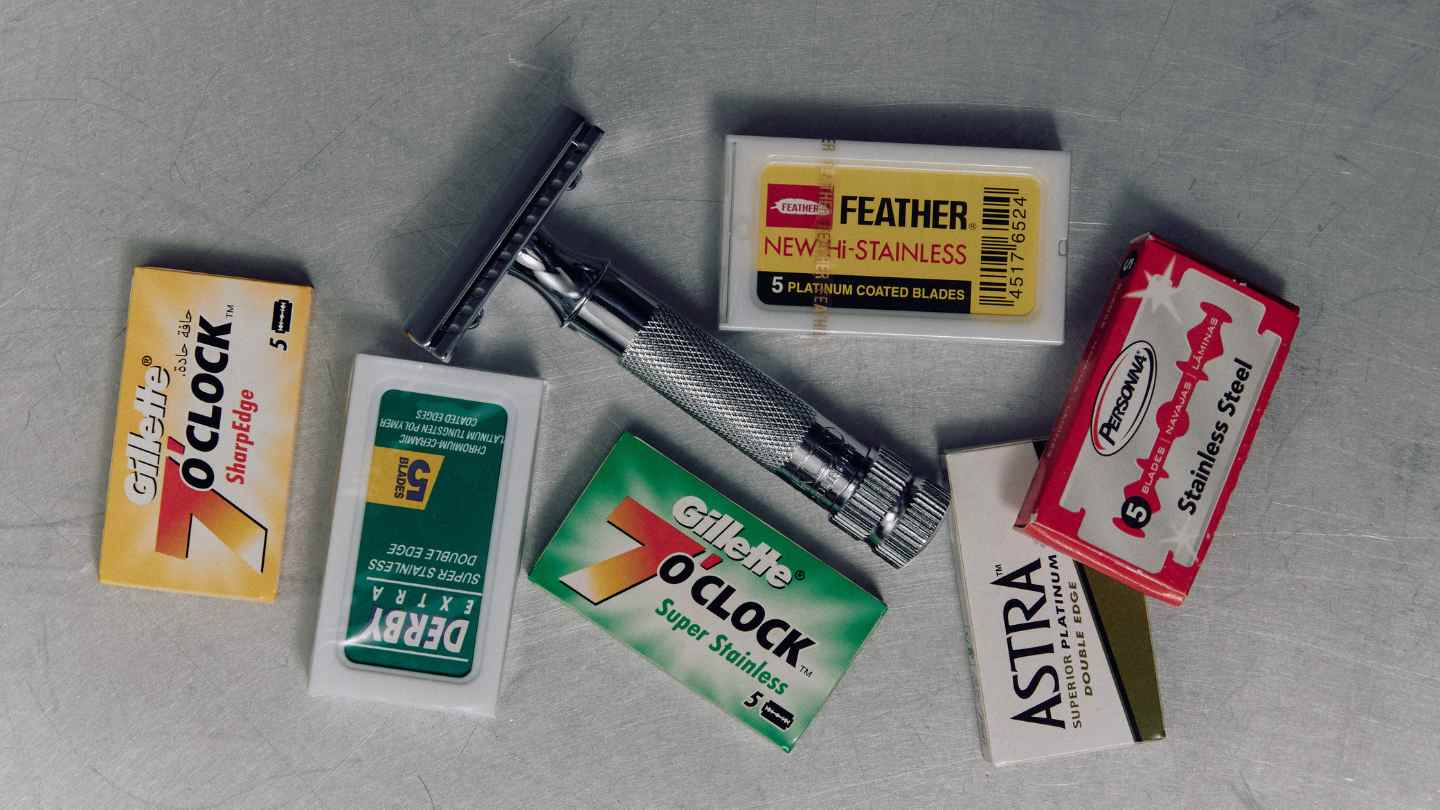An Introduction to the Double-Edge Safety Razor
The double-edge razor, also known as the safety razor or DE razor is a marvel of timeless design and can deliver smooth, comfortable shaves with a little practice. It's also a great solution for anyone with sensitive skin or those suffering from shaving rash, ingrown hairs, and razor burn.
Known as the safety razor because it has a protective guard positioned between the edge of the blade and the skin, ensuring that only a small portion of the cutting edge is exposed. As a result, it reduced the level of skill needed and was a less intimidating shaving experience than that of its predecessor, the ‘cutthroat’ or straight razor. Another innovation was the disposable razor blade, which could be discarded once it became dull, eliminating the need for regular sharpening or honing.
This guide serves as an initiation for those unacquainted with the art of using a safety razor, detailing the techniques that ensure a shave that is impeccable in every aspect.

Shave with the Grain
Pay close attention to the varied direction of hair growth. For the most comfortable and trouble-free shave, it is generally advised to follow the direction of hair growth – shaving with the grain. Certain areas, namely the neck and chin, occasionally move sideways or form spiral-like patterns. If you struggle with ingrown hairs, take a moment to examine the direction of growth before shaving.
Hold the Razor at the Correct Angle and use Light Pressure
Holding the blade at approximately 30° from the skin is key; shallower than this and the blade won't cut the hair, and much more than this and the blade will drag across the skin, scraping rather than cutting. The trick is understanding that the face is not a flat surface, but rather a composite of angles that require continued adjustment of the razor. Adopting short strokes, no more than an inch, as opposed to long sweeping ones minimise the risk of cuts, unwanted tugs and the clogging of the device. Even more, short and controlled movements allow the continued adjustment of the razor – feedback, if you will – ensuring the perfect angle is attained. Unlike a cartridge razor, you want to shave using a light pressure. Don't obsess about getting every hair on the first pass - rinse the face, lather up again, and pick up what you missed on the first pass. This way, you won't be inclined to shave an area too many times or push too hard - both things that can lead to ingrown hairs and irritation.
A Protective Lather
Facial hairs are as unruly as copper wire of the same diameter when dry, but when wet, they become significantly softer. Shaving cream is a lubricating emulsion of water and fats that soften stubborn stubble and enable the razor to glide across the skin’s surface, free of irritation and redness. A quality shave should be comfortable, and a shaving cream or soap worked into a velvety thick foam with a shaving brush makes all the difference. A shave brush saturated with comfortably hot (not boiling) water, rung of its excess, is then loaded with shaving product and worked into a lather consisting of very fine bubbles. Work it into the beard, softening it and lifting the hair in the process.
We stock a wide range of shaving soaps, shaving creams and shaving brushes. Avoid shave gels and aerosol shaving creams when using a safety razor.
A Sharp Blade
A blade used for shaving is likely the sharpest edge that most humans will ever come in contact with, and the exertion of laboured force and pressure is superfluous when met with the challenge of severing stubble. Let the weight of the device do the work for you – they are generally weighted for this very reason. Gentle is best, as the mild resistance of hair follicles becomes a reassuring sound of the razor’s efficacy. To be sure, make good use of both sides of the razor, rinse under the tap frequently to unclog the device of hair, and replacing the blade the moment it begins to underperform. A blade’s edge will begin to dull from the beginning of its use, but should last several shaves until it requires replacement.
Unsure which razor to use? We have a quiz for that.
Blades vary in sharpness and respond differently to skin types – no blade is objectively better than the other. We recommend trying a Blade Sample Pack to find the one best for you.
Take your Time
The time of a shave should not be glossed over. And whilst the virtues of an unhurried shave are manifest, taking your time ensures the learning curve is never a steep one – not that it ever was! Developing a comfortable and efficient technique is essential to the enjoyment of a wet shave. Make a ritual of the process with aftershave products, so to soothe the skin and to enhance one’s pleasure. As a result, the face is reborn, pristine, and ready to face the world with newfound confidence.
Have a go! You are ready to start shaving with a safety razor.

